CX4200i PC Build
So, with my server now moved into a rack case, I also took steps to move my own gaming PC from the Torrent Compact into a rack-mountable case. Here, the choice fell on the CX4200i from Sliger.
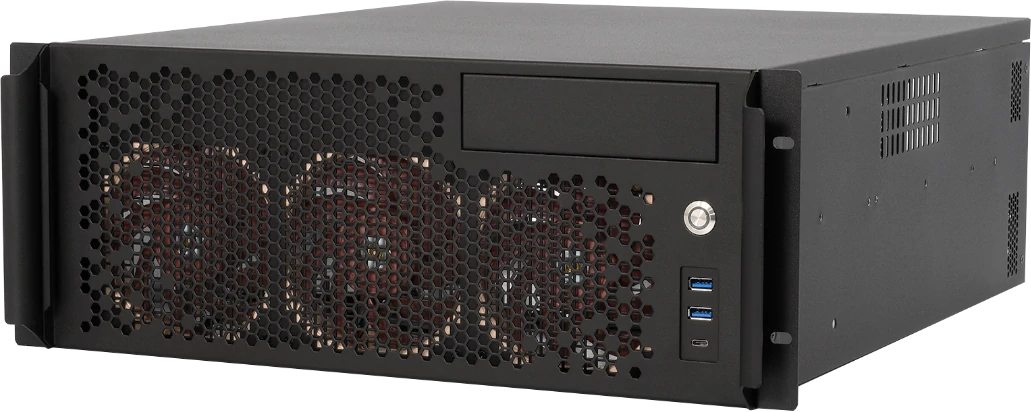
The biggest problem with finding a good case for a gaming PC is the same as with the home server: ventilation, or more specifically, fan positions. Most cases that you can find do not offer front-mounted air intake, let alone support for 3x 120 mm fans.
You can find some cases that offer this, but most of those I could find include drawbacks, such as custom cages that come fitted with a fan you can slot in but cannot really replace.
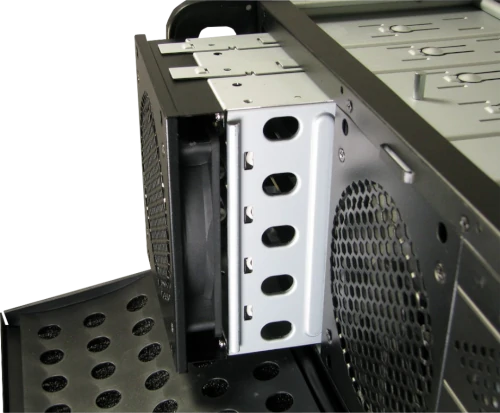
Once again, Sliger offers here the best possible version of an already manufactured case for rack-mounting your gaming PC, which again targets a market that is most likely even smaller than the DIY home lab crowd.
My biggest problem moving into this case is the height. Four rack units only offer a maximum CPU cooler clearance of about 158 mm. Graphics cards also present the same problem here, especially because nearly every model has the power connector protruding from the top.
In my case, this means that my Noctua NH-D15 will not fit, with its height of 165 mm (with fan), so I had to downsize to an NH-D12L (145 mm with fan). I am not a big fan of this move, but sadly, I had no other choice. Alternatively, people claim that they have managed to fit a DeepCool AK620 (160 mm) or a Scythe FUMA 2 Rev. B (155 mm) into similar 4U cases.
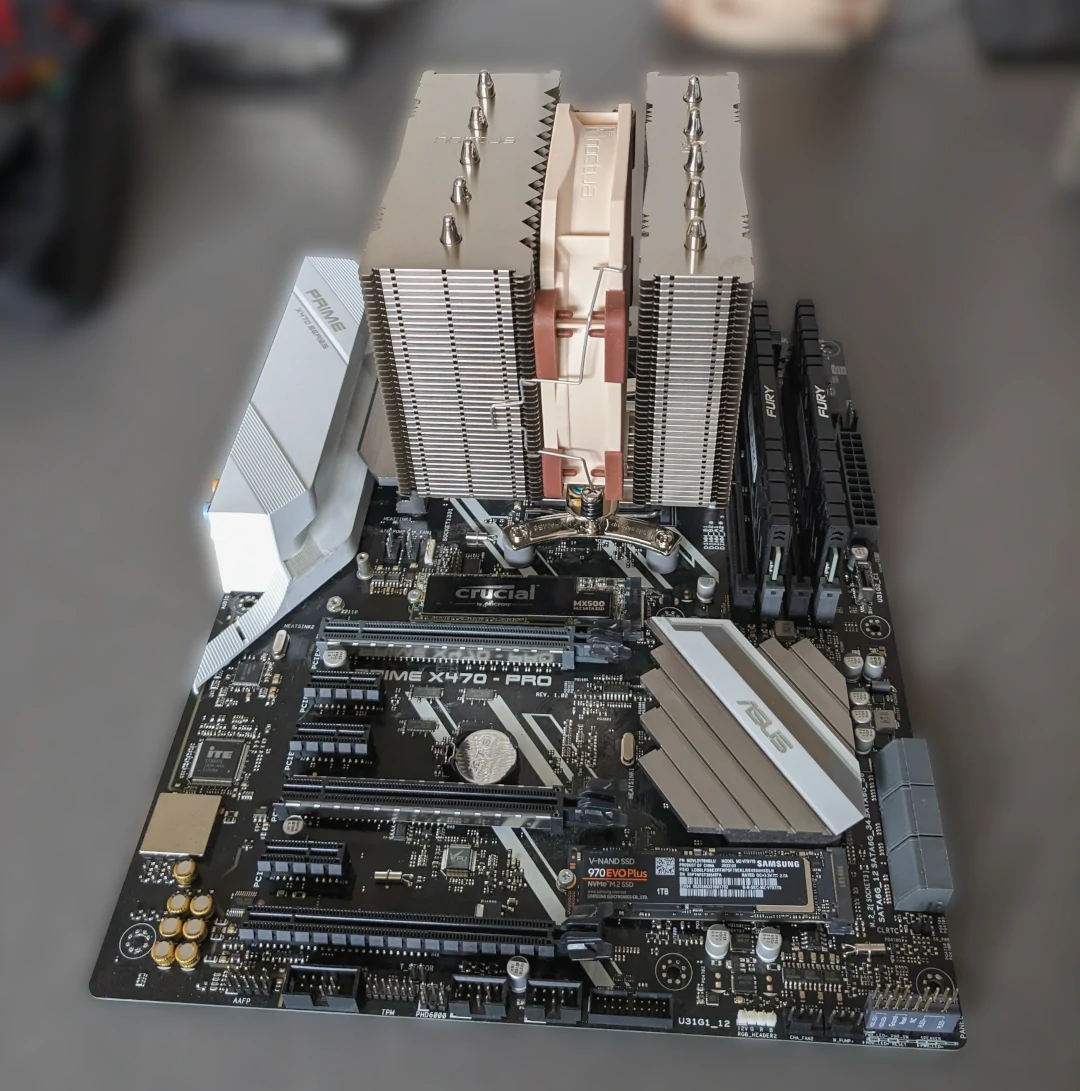
On the DeepCool AK620, it is possible to remove the cover on top of the heat sink, which apparently offers enough leeway to install it, but this seems to be a real gamble (I have also never seen photos of this actually being done). This then became a no-deal when the only places I could have ordered it from were small, unknown shops, and the best eBay seller wanted €80 + €5 shipping.
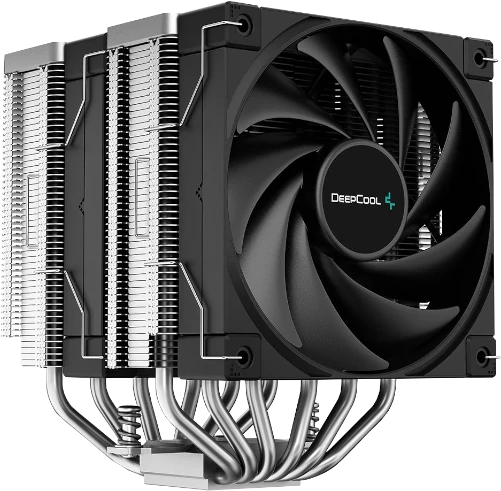
The Scythe FUMA 2 Rev. B will fit because it is slightly under the maximum clearance, but here I had a problem with the price: the only offers I could find were around €80. For "only" €10 more, I could get the NH-D12L, so I chose to go with the safer bet and again put my trust in Noctua.
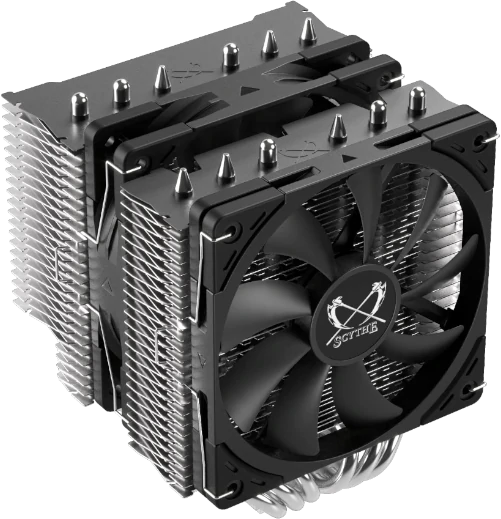
A small tangential thought: when exactly did it become normal for a CPU cooler to cost €100?
Thinking back, I never ever paid that much for my NH-D15, which comes with two fans and is the biggest cooler Noctua produces. So why the hell does the smaller NH-D12L, fitted with only one fan, cost nearly the same as the NH-D15? The market right now is crazy, and I know we are paying for the brand here, but hell, if the Scythe Fuma 2 had cost €50, I would have tried it out without batting an eye.
Everything else went smoothly. After replacing the cooler, all I had to do was fit it into the Sliger case, mount the power supply, and connect everything. You will perhaps notice that I switched the front intake fans from Noctua to Phanteks T30s. Here, the reason is the same as for the Unraid build: they are really quiet, pull a lot of air, and seem to be better than what Noctua can offer right now. Please don't nail me to a cross, but from what I could find out, these are currently the best available fans. They are a bit deeper than normal fans, so you could call it cheating. Well, so be it; I have enough clearance for them, and I will use it.
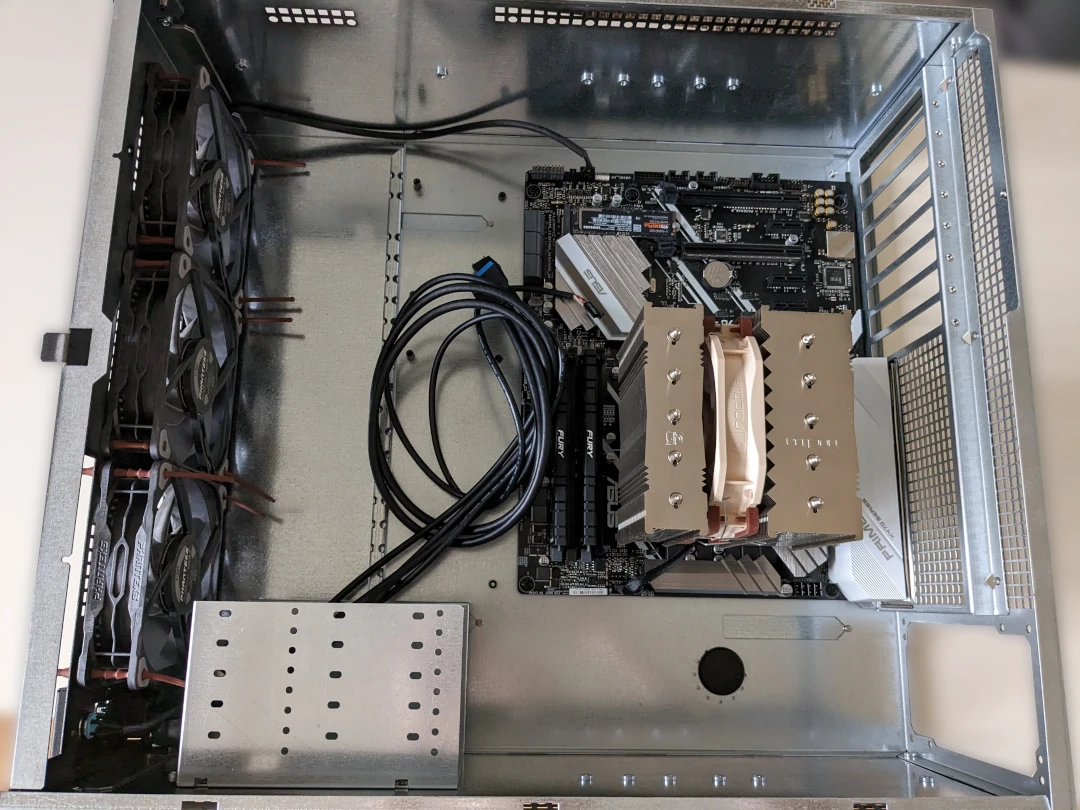
Even though I am a Noctua fanboy and willing to pay extra for the brand, if someone comes out with a better version, I am willing to switch immediately and can only hope that Noctua will also upgrade its lineup.
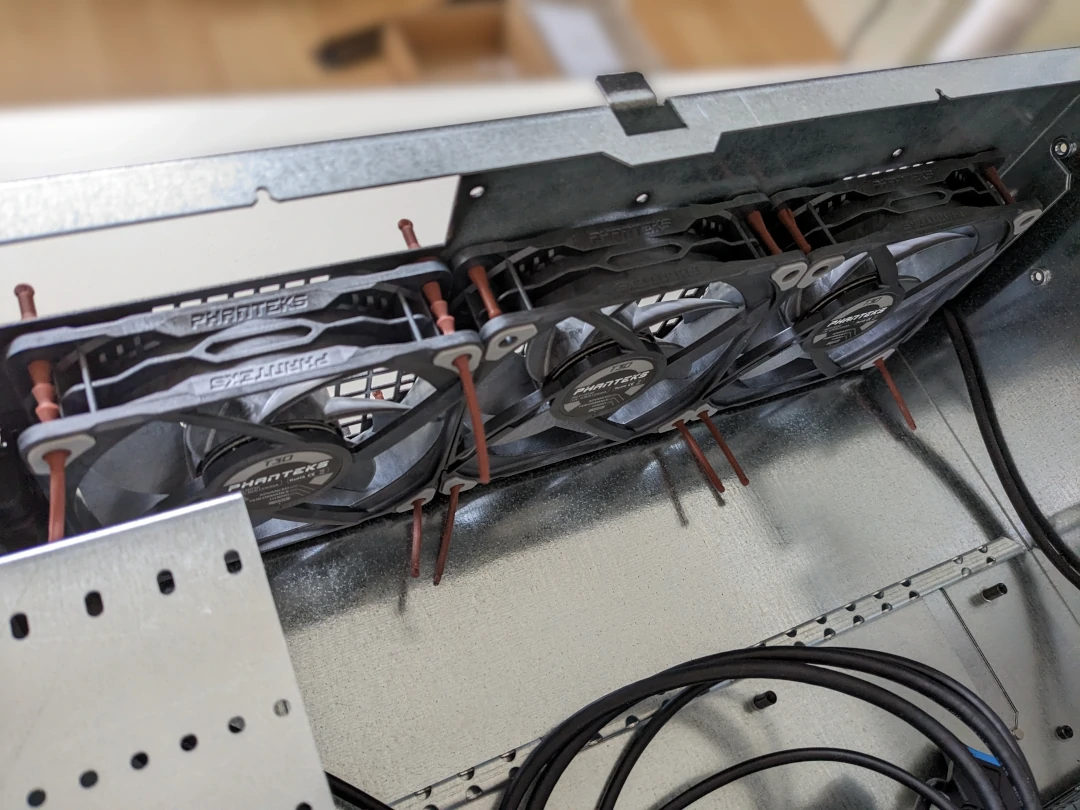
So, before you wonder what this is, apparently it is a cable management bar. I guess it's true if you work with those tiny cable ties; in my case, I used normal Velcro ones and just split them apart in the middle, making them wide enough to fit in between.
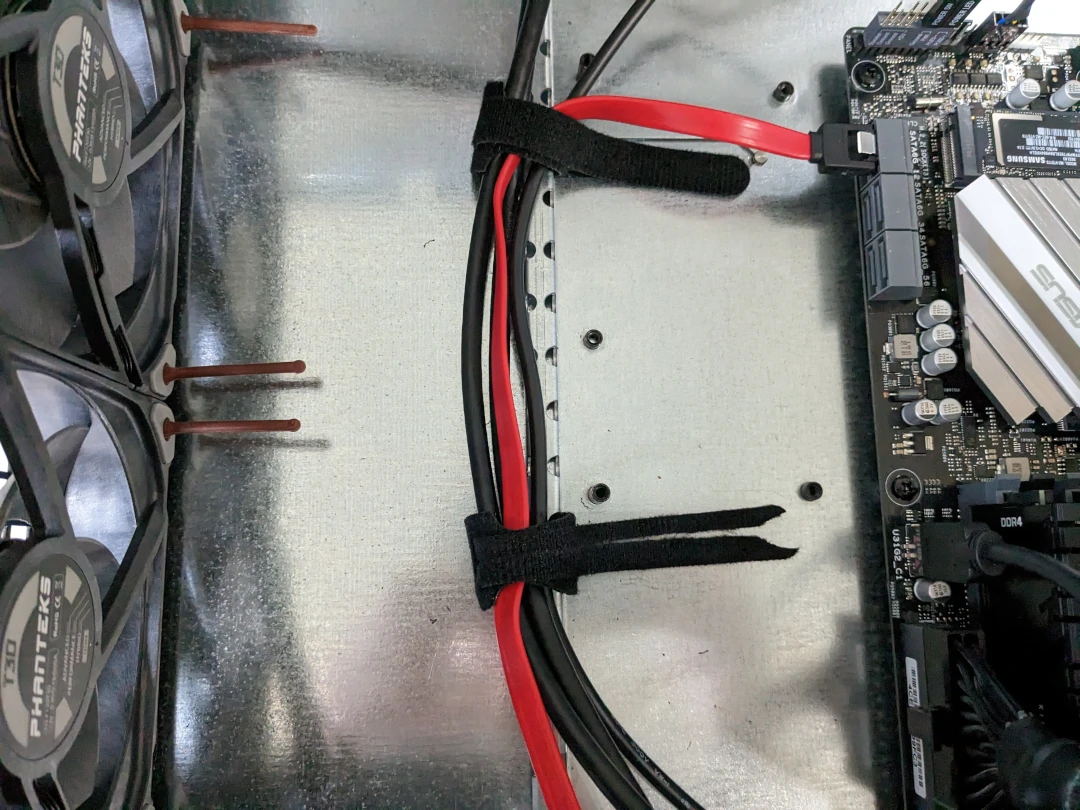
My feedback here would be to redesign this bar to be on posts like a bridge, so you could use any kind of Velcro cable ties to bind cables down.
Oh yeah, I upgraded from my GTX 1080 Ti JetStream to an ASUS TUF RX 6900 XT GAMING TOP while a sale was going on at Asus. Here, you can see how much clearance is left.
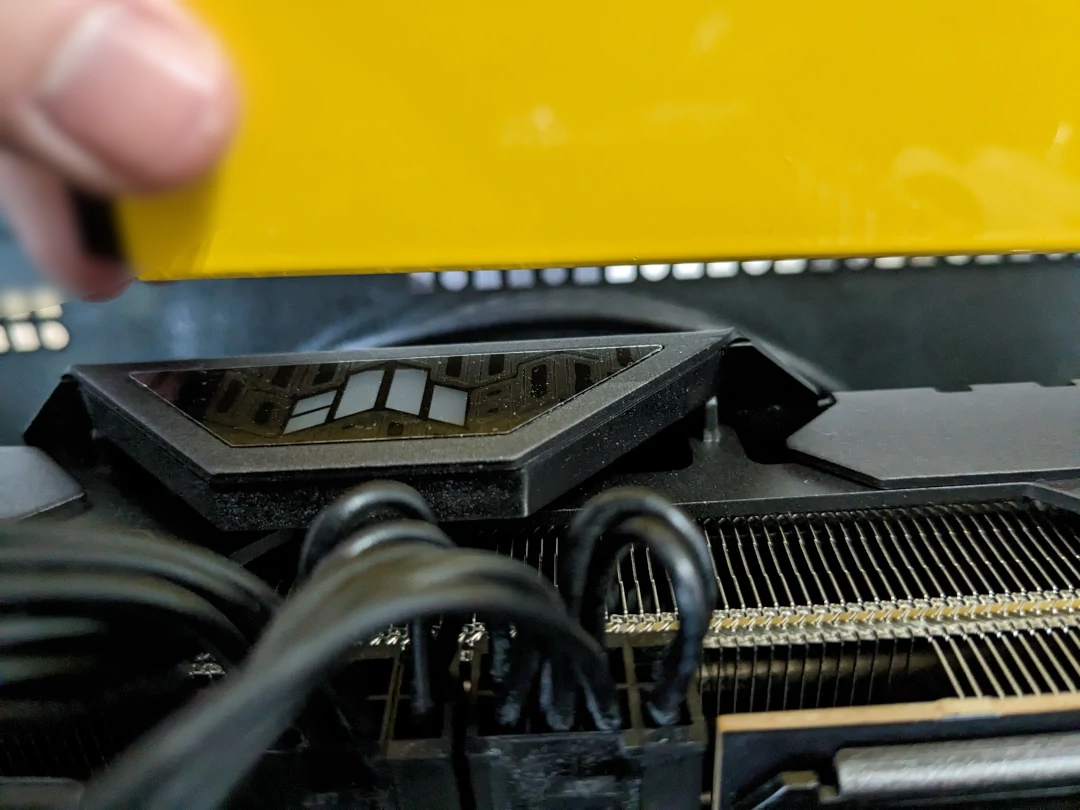
Length will not be a problem in this case, but height could become my downfall if future GPU generations do not relocate the PCIe power connector, or if I need to work with some 90-degree adapters.
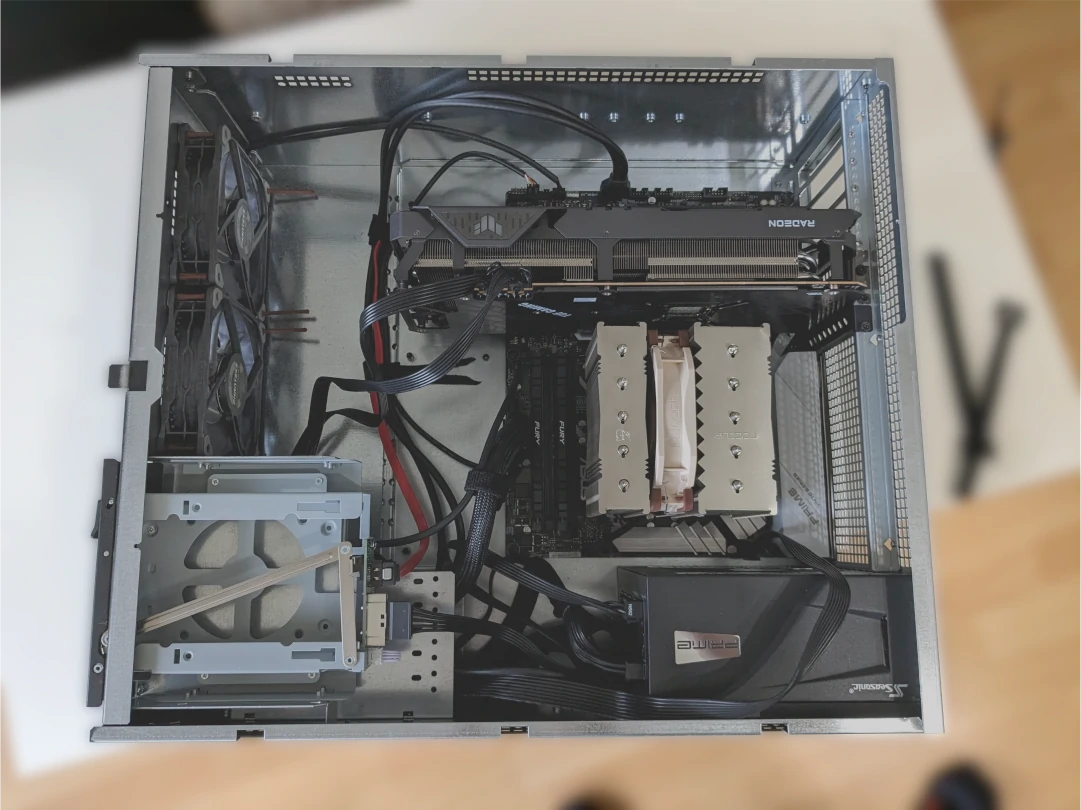
This is the final look, with everything strapped down. I also installed a 3.5-inch quick-switch bay in the 5 1/4 slot, hoping to no longer need any external HDD docking stations.
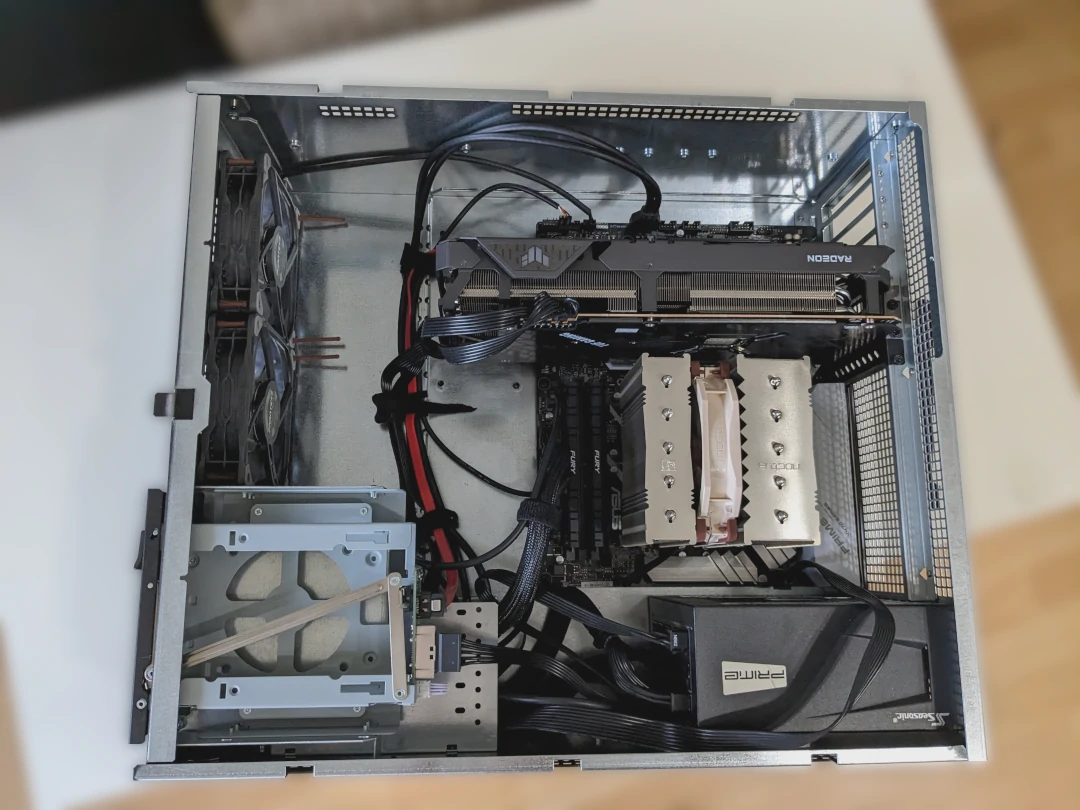
This once again reminded me why tower cases, with their mostly two-layer design, exist. In a normal case, you have space to hide many of the cables behind the motherboard or in the bottom where the PSU resides. With rack cases, you only have one large room to work in, so without putting too much strain on the cables or getting custom-length ones, this is the best you can do for cable management.
Then again, with the top lid on, it's just a black box, so who really cares?
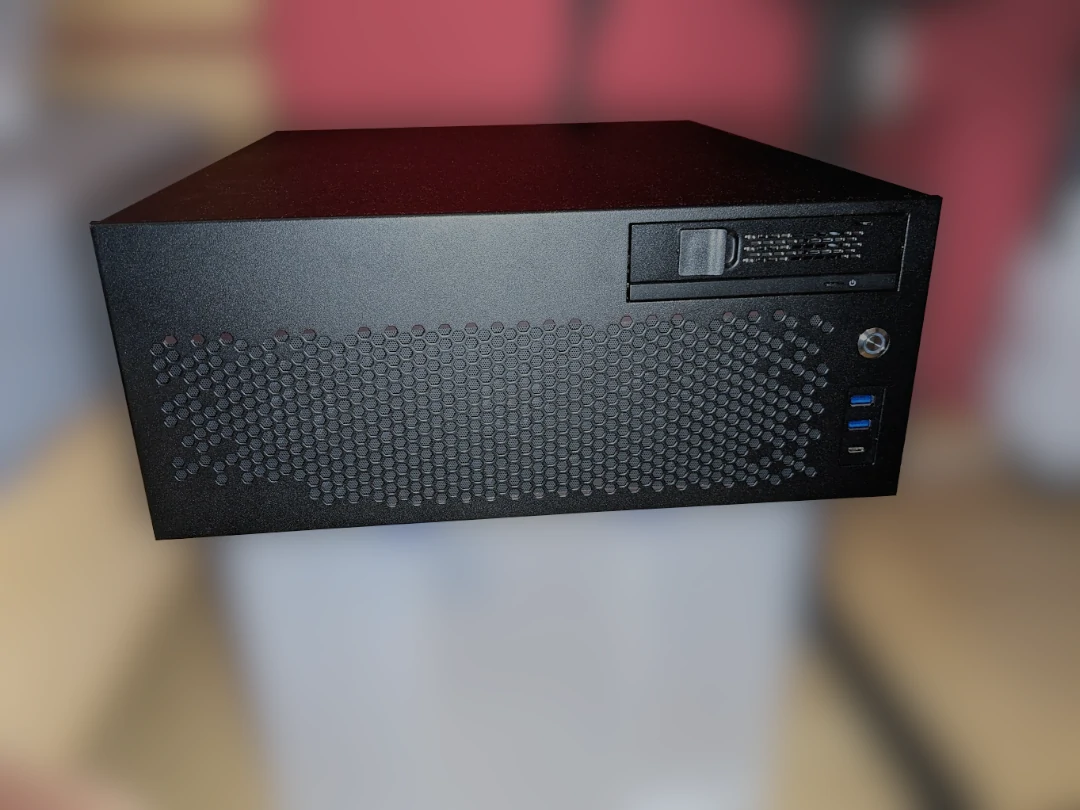
As with my Unraid build, I also had to cut my own pre-filter for the intake fans, but the final construction looks fantastic, in my opinion.
Afterbullshit
Just some random thoughts and things that I noticed.
After upgrading/downgrading my CPU cooler, I wanted to see how the new one was performing and also to redo the fan curves. So, I installed HWiNFO, started playing some games, and ran stress tests. It worked fine, so I let it run in the background, used my PC as normal, and played some games. Suddenly, after four hours with no problems, my game got really laggy.
My first thought was, okay, CPU overheating?
Looking at the Task Manager, I could see that it was throttling to around 2.4 GHz and was really unstable. Next, a look at HWiNFO showed the CPU at 96°C!
I immediately noticed that all fans had stopped spinning. I ALT+F4'd the game and restarted the computer, still reflecting on what could have gone wrong.
The fans were spinning again O.o This made it seem even weirder. The only thing I had installed was HWiNFO, so my thoughts directly went in that direction: what if HWiNFO, for some reason, was crashing my fans?
I always knew that you should not run multiple software solutions that try to access the BIOS or other low-level components. I know of sudden crashes or computer shutdowns from conflicting programs, but a fan header breaking?
A quick Google search surprised me: I was not alone, and apparently, this has been a known problem since at least 2018, or, better said, since the release of this motherboard.
The culprit is the ITE 8665E chip (Super I/O). It's shit, it's buggy, and it will hang itself if you poll it too frequently; then, many things can happen.
Just Google 'ITE 8665E forum' or 'ITE 8665E GitHub' and see for yourself what funny threads pop up.
Sadly, this chip was often used on different motherboards and embedded devices from that generation. Even ASUS at some point implemented a new interface via WMI so that programs could poll that interface, which would, in return, "sometimes" ask the chip how it was doing and if it would be so kind as to report anything.
This failed so hard that full support was later pulled, as they just used a newer chip, and so that "problem" was solved—or, better said, we are stuck with this broken, buggy chip that really does not like communicating with you.
HWiNFO tried to implement some workarounds, but that mostly involved just not loading the sensor. For a quick look, it works fine, but it's better not to let it run for too long, and you should keep an eye on your fans.